Home>Ideas and Tips>Upgrading Your Home’s Exterior with a DIY Algae-Powered Bio-Reactive Facade
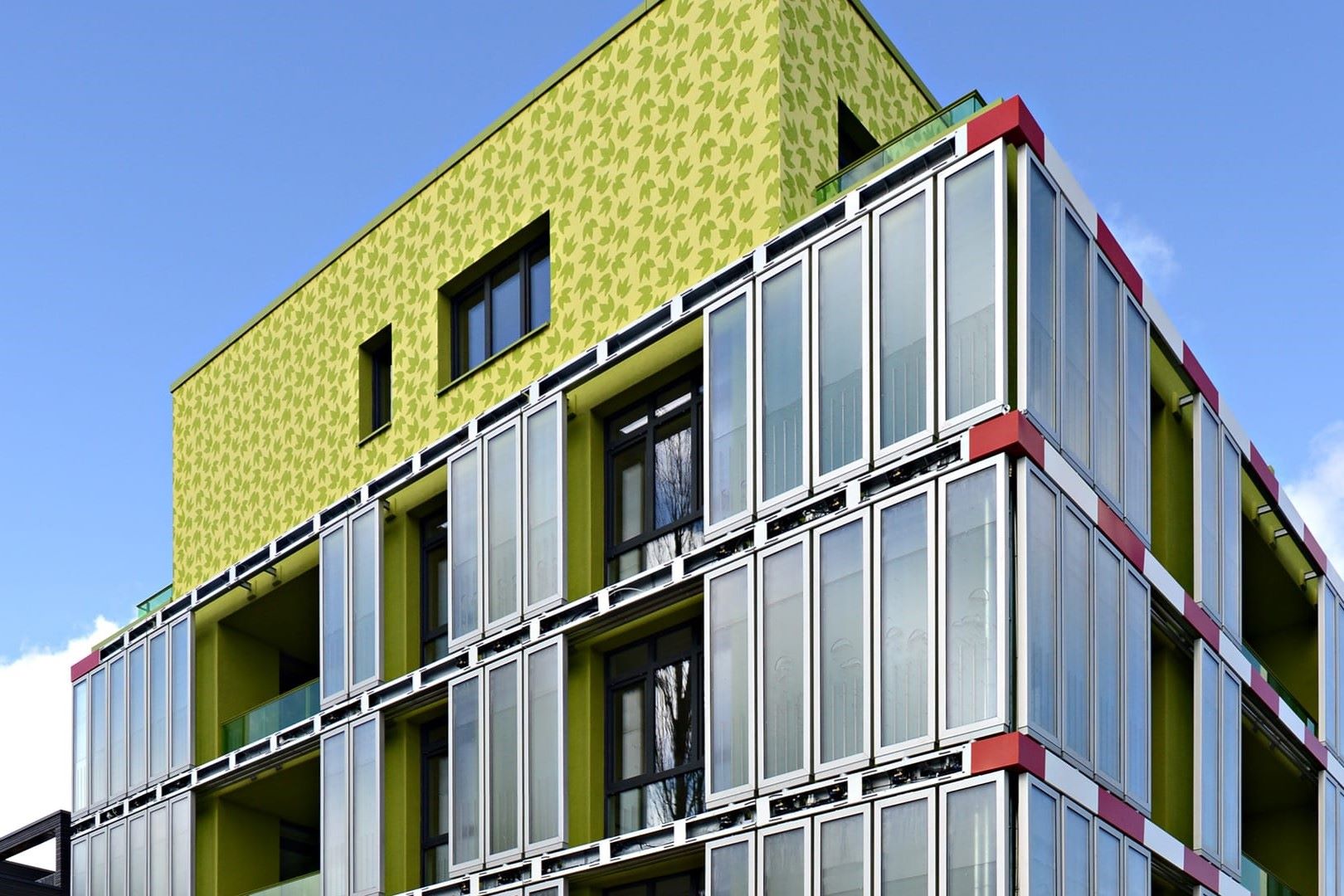

Ideas and Tips
Upgrading Your Home’s Exterior with a DIY Algae-Powered Bio-Reactive Facade
Published: September 1, 2024
Discover how to enhance your home's exterior with a DIY algae-powered bio-reactive facade, combining modern elegance with sustainability.
(Many of the links in this article redirect to a specific reviewed product. Your purchase of these products through affiliate links helps to generate commission for Storables.com, at no extra cost. Learn more)
As homeowners, we are constantly seeking ways to enhance the aesthetic appeal and sustainability of our homes. One innovative approach to upgrading your home's exterior is by incorporating a DIY algae-powered bio-reactive facade. This unique solution not only adds a touch of modern elegance but also contributes to a greener environment. In this article, we will delve into the concept, benefits, and practical steps involved in creating your own algae-powered bio-reactive facade.
Introduction to Algae-Powered Bio-Reactive Facades
Algae-powered bio-reactive facades are a cutting-edge technology that leverages the natural photosynthetic capabilities of algae to create a dynamic, self-sustaining exterior for your home. These facades are designed to integrate algae into the building envelope, where they absorb carbon dioxide and produce oxygen, while also generating bio-luminescence under certain conditions. This dual functionality makes them an attractive option for homeowners looking to both beautify and greenify their homes.
History and Evolution
The concept of using algae in building design is not new. However, recent advancements in biotechnology and materials science have made it possible to integrate algae into architectural elements in a more sophisticated manner. From initial experiments with algae-based paints to the development of complex bio-reactive systems, the field has evolved significantly over the past decade.
Benefits
- Sustainability: Algae are highly efficient at absorbing carbon dioxide and producing oxygen, making them an excellent choice for reducing the carbon footprint of your home.
- Energy Efficiency: By integrating algae into your facade, you can potentially reduce the need for artificial lighting during the day as the bio-luminescence from the algae can provide a soft, ambient glow.
- Aesthetic Appeal: The dynamic color changes and glowing effects of algae can add a unique and captivating visual element to your home's exterior.
- Low Maintenance: Once installed, algae-powered bio-reactive facades require minimal maintenance as they are self-sustaining and can thrive in a variety of environmental conditions.
Materials Needed
To embark on this DIY project, you will need several key materials:
- Algae Cultures: You can either purchase algae cultures specifically designed for bio-reactive applications or grow your own using nutrient-rich media.
- Substrate: This could be a specialized membrane or a mixture of materials like glass fibers and polymers that allow for good gas exchange.
- Enclosure System: A transparent or translucent enclosure system is necessary to protect the algae from environmental factors while allowing light penetration.
- Nutrient Solution: A balanced nutrient solution is essential for maintaining healthy algae growth.
- Pumps and Circulation System: A gentle circulation system helps distribute nutrients evenly and ensures optimal gas exchange.
- Control Panel: An optional control panel can be used to monitor pH levels, nutrient concentrations, and temperature, ensuring optimal conditions for algae growth.
Step-by-Step Guide
Step 1: Planning and Design
Before starting your project, it's crucial to plan carefully:
- Assess Your Space: Determine the area where you want to install the algae-powered bio-reactive facade. Consider factors like sunlight exposure and wind direction.
- Measure Your Space: Take precise measurements of the area you want to cover with the facade.
- Design Your Layout: Sketch out a detailed design incorporating all necessary components including algae cultures, substrate, enclosure system, pumps, circulation system, and any control panels.
Step 2: Preparing the Substrate
- Choose Your Substrate Material: Select a suitable substrate material that allows for good gas exchange while being durable enough for outdoor use.
- Prepare the Substrate Surface: Clean and prepare the surface of your chosen substrate material according to manufacturer instructions or guidelines specific to algae cultivation.
Step 3: Cultivating Algae
- Acquire Algae Cultures: Purchase or grow your own algae cultures using nutrient-rich media such as agar plates or liquid cultures.
- Inoculate the Substrate: Apply the algae cultures onto the prepared substrate surface ensuring even distribution.
Step 4: Setting Up Enclosure System
- Select Enclosure Material: Choose transparent or translucent materials like polycarbonate sheets or glass panels for optimal light transmission while protecting against environmental factors.
- Assemble Enclosure Frame: Construct an enclosure frame around your prepared substrate ensuring it is secure yet allows for easy access during maintenance.
Step 5: Implementing Circulation System
- Install Pumps & Circulation System: Set up pumps and circulation tubes within the enclosure frame ensuring gentle yet efficient distribution of nutrients throughout the system.
- Connect Pumps & Sensors (Optional): If using an optional control panel connect pumps with sensors monitoring pH levels, nutrient concentrations, and temperature ensuring optimal conditions for algae growth.
Step 6: Adding Nutrient Solution
- Prepare Nutrient Solution: Mix a balanced nutrient solution according to manufacturer guidelines or established protocols specific to algae cultivation.
- Feed Algae Regularly: Regularly feed algae with nutrient solution through circulation system ensuring continuous growth without overfeeding which could lead toxicity issues within system
Step 7: Monitoring & Maintenance
- Regular Monitoring: Regularly check pH levels nutrient concentrations temperature ensuring optimal conditions exist within system preventing any potential issues arising due imbalance
2 . Maintenance Tasks : Perform routine maintenance tasks such cleaning filters replacing worn-out parts ensuring longevity lifespan overall project
Practical Considerations
While creating an algae-powered bio-reactive facade offers numerous benefits there are several practical considerations homeowners should keep mind:
1 . Cost Factor : Initial investment required setting up such system might higher compared traditional methods however long-term benefits including reduced energy consumption lower maintenance costs outweigh initial costs over time
2 . Space Constraints : Ensure sufficient space available accommodate necessary components including pumps circulation tubes without compromising aesthetic appeal overall design
3 . Weather Conditions : Algae thrive best controlled environments extreme weather conditions such heavy rainfall intense sunlight may affect performance longevity system requiring additional protective measures
Case Studies & Examples
Several case studies demonstrate successful implementation algae-powered bio-reactive facades across globe showcasing versatility adaptability technology:
1 . Green Building Initiative : A green building initiative in Tokyo Japan features large-scale algae-powered facade providing both aesthetic appeal energy efficiency benefits
2 . Sustainable Architecture Project : A sustainable architecture project in Barcelona Spain incorporates algae-based facade enhancing building's ecological footprint while creating unique visual experience
Conclusion
Upgrading your home's exterior with DIY algae-powered bio-reactive facade not only enhances aesthetic appeal but also contributes significantly towards sustainability goals making it ideal choice environmentally conscious homeowners looking innovative solutions enhancing living spaces without compromising ecological balance
By following step-by-step guide outlined above combined practical considerations case studies examples homeowners can successfully integrate algae-powered bio-reactive facades into their homes creating unique sustainable spaces reflecting commitment towards greener future
Was this page helpful?
At Storables.com, we guarantee accurate and reliable information. Our content, validated by Expert Board Contributors, is crafted following stringent Editorial Policies. We're committed to providing you with well-researched, expert-backed insights for all your informational needs.
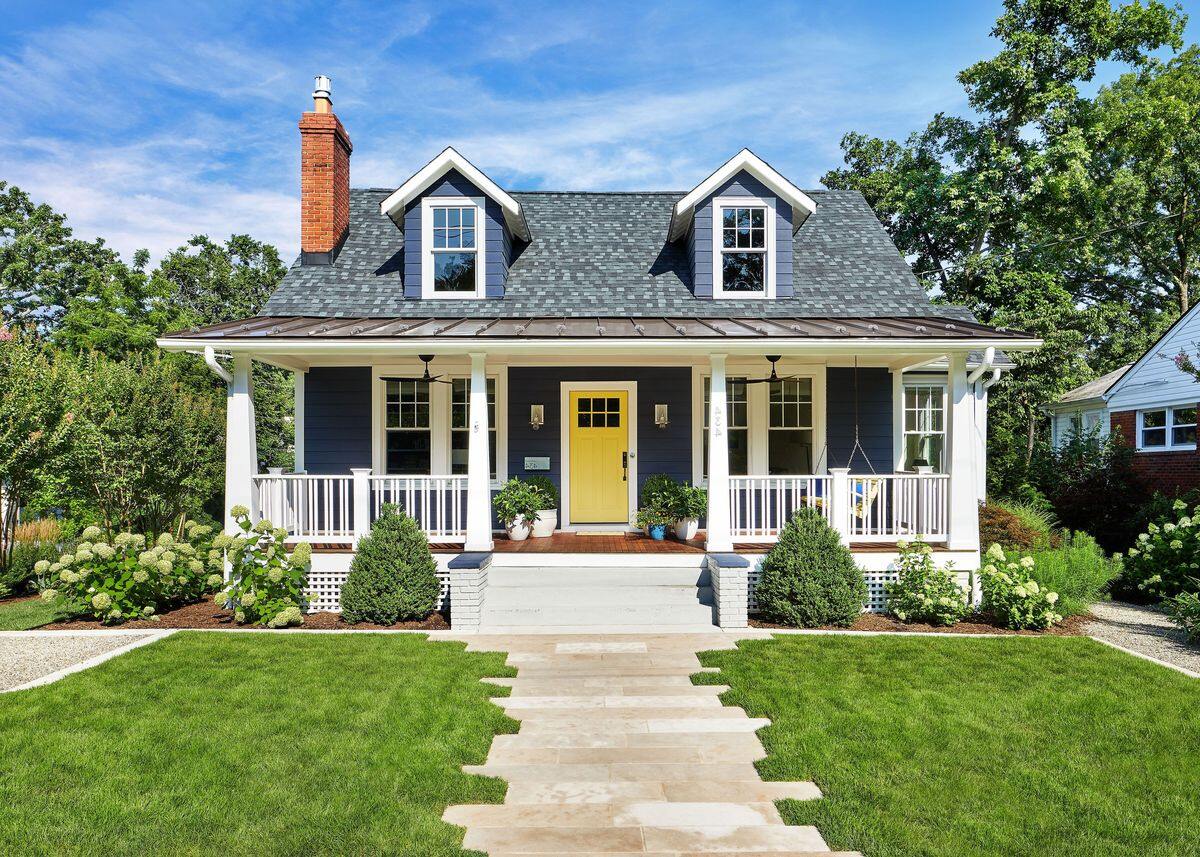
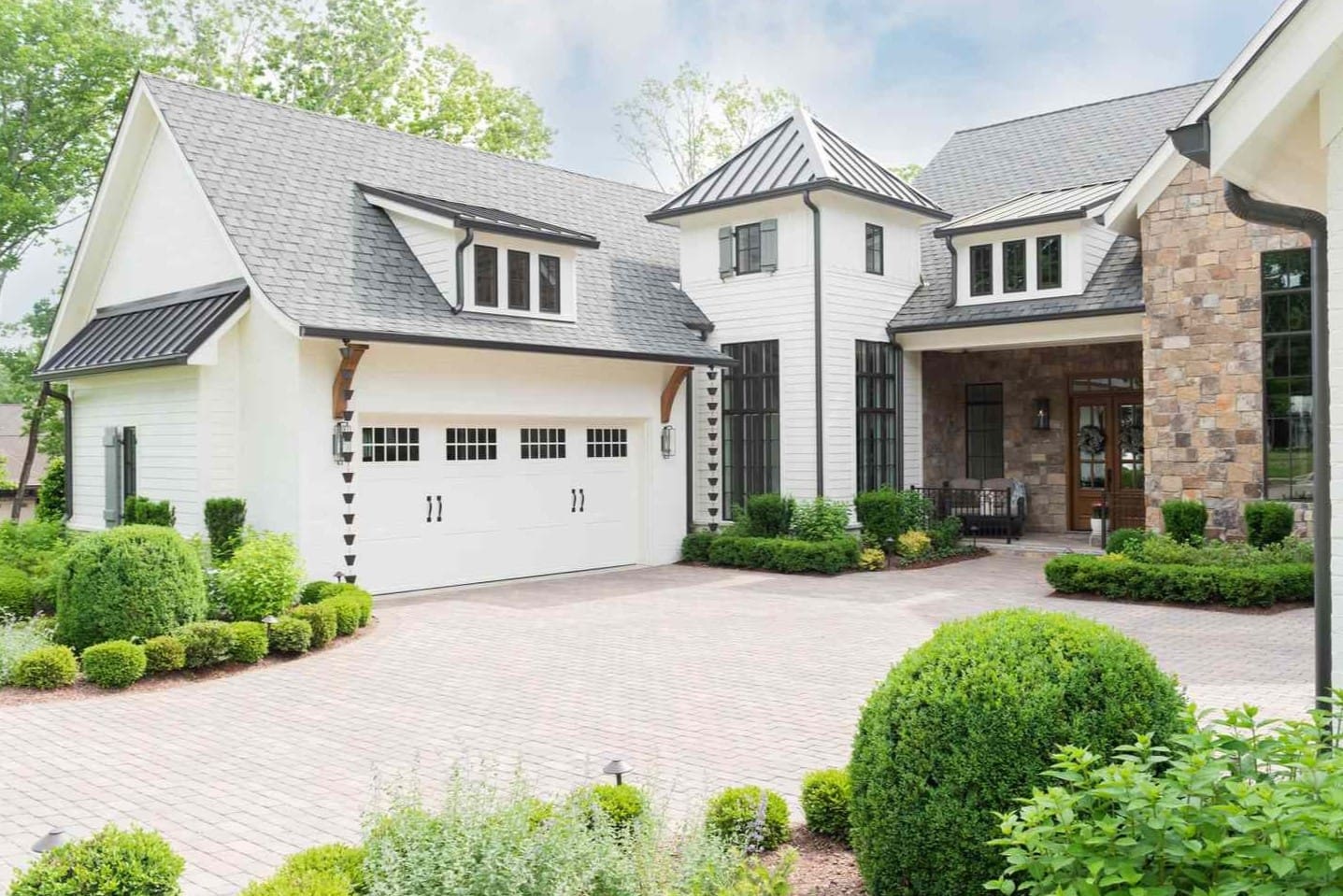
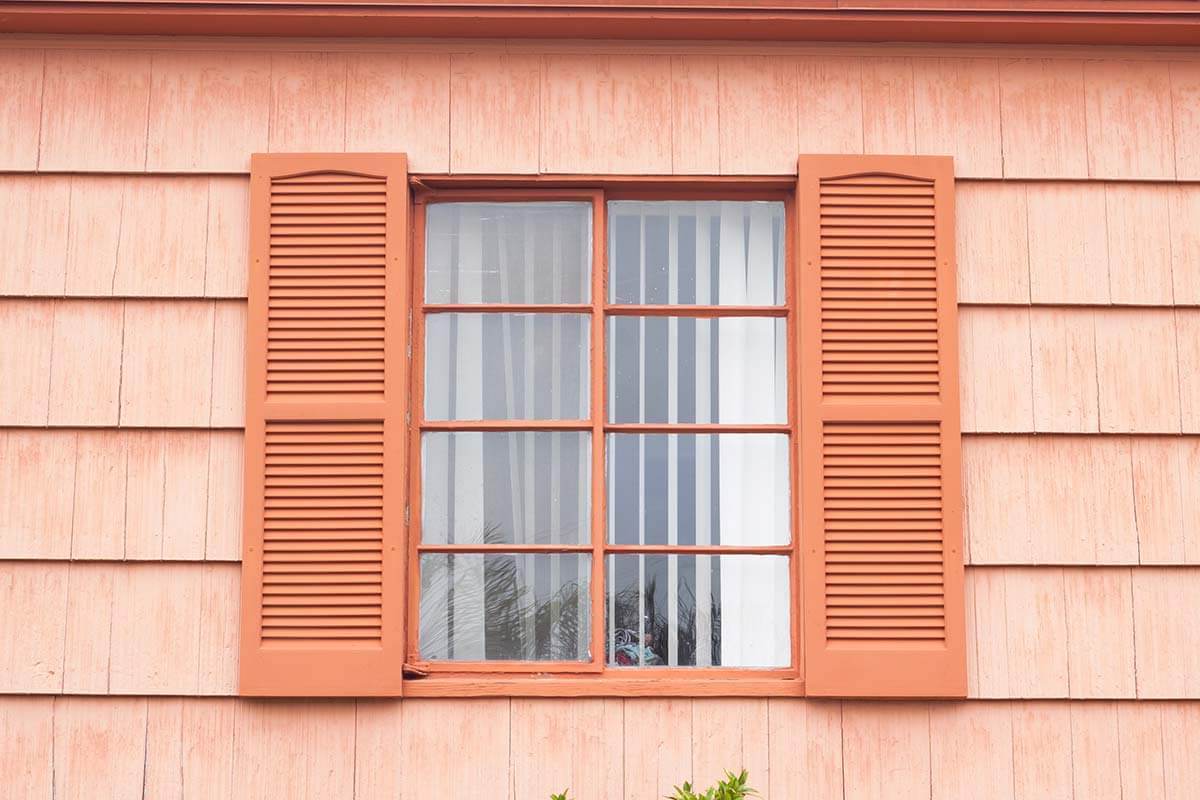
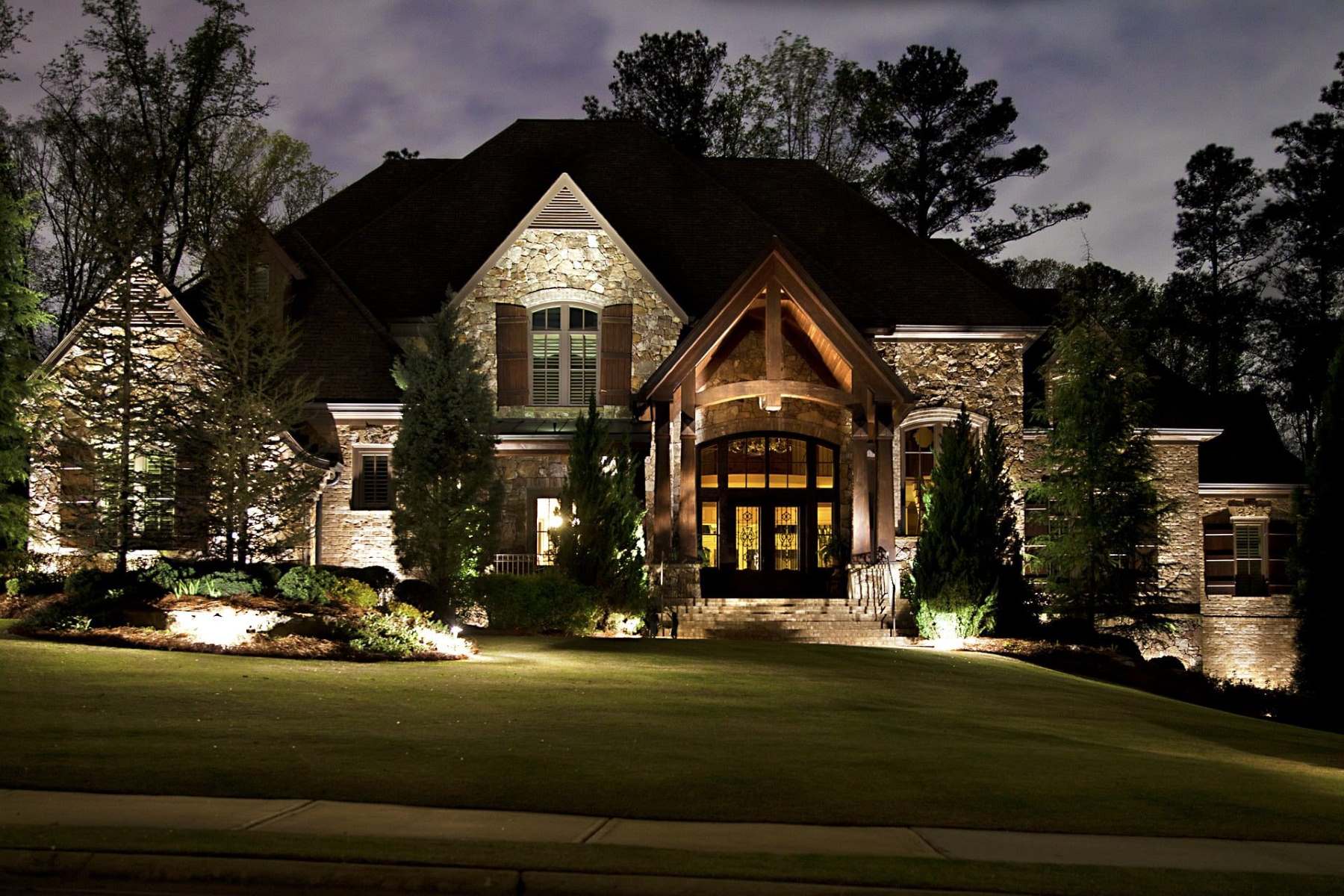
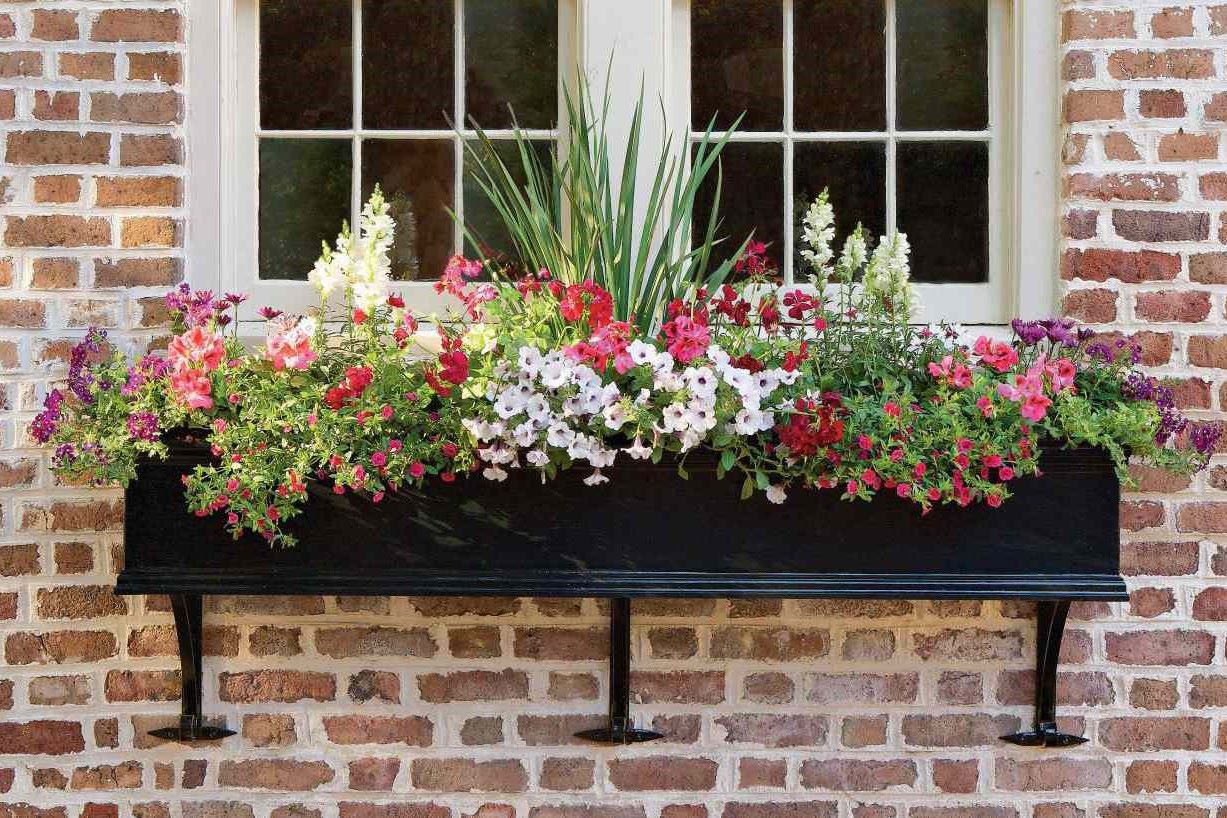


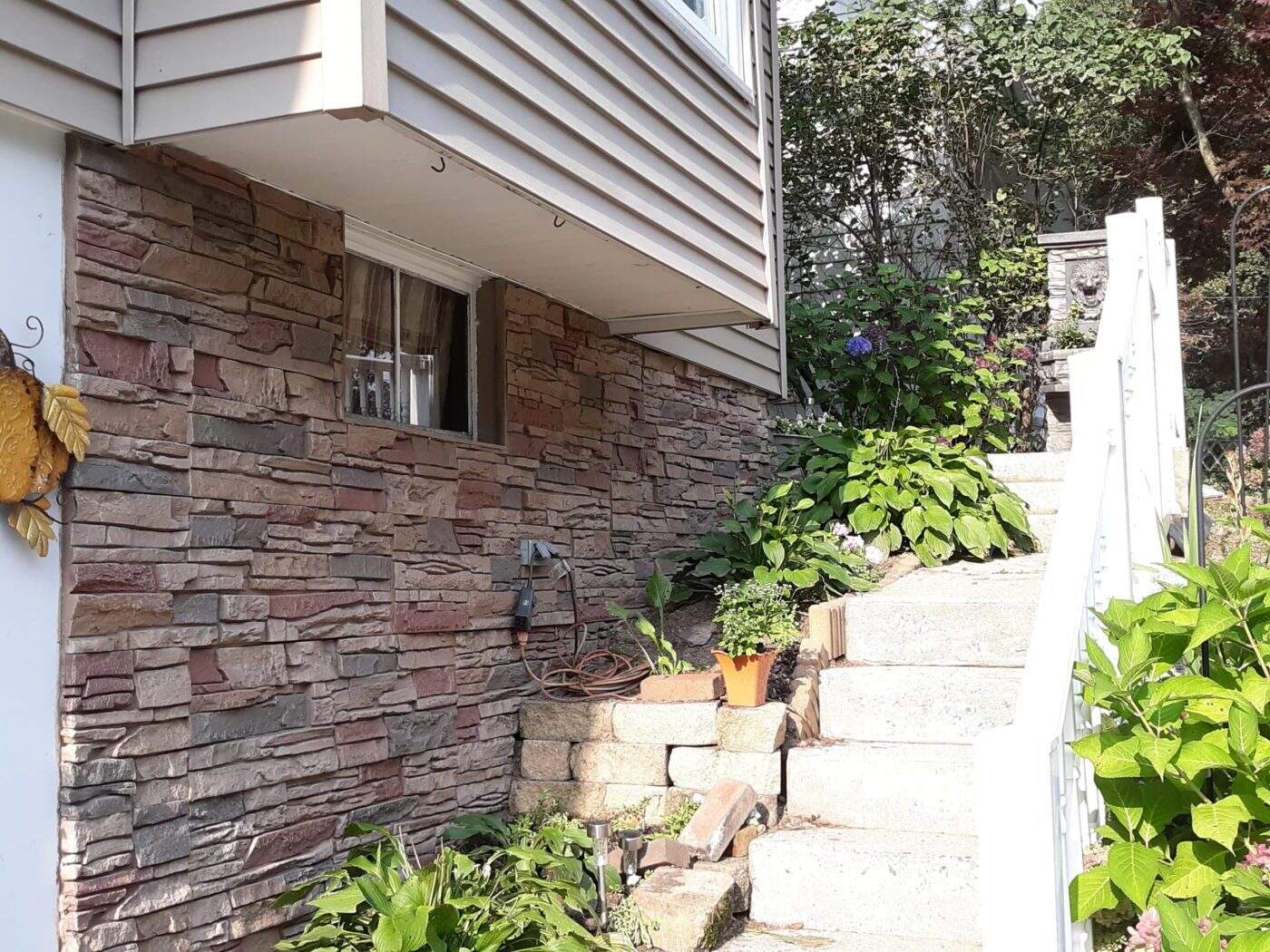
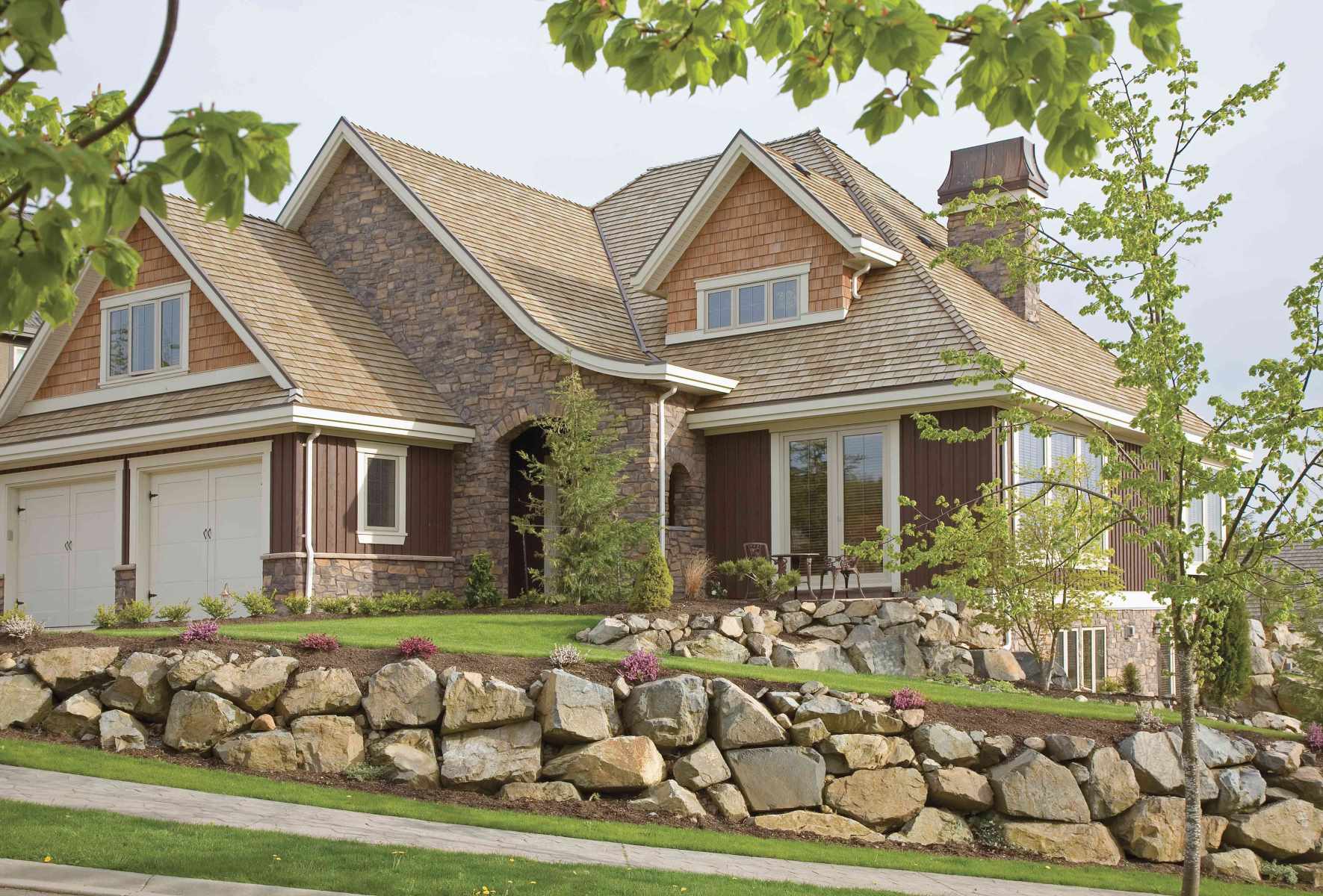
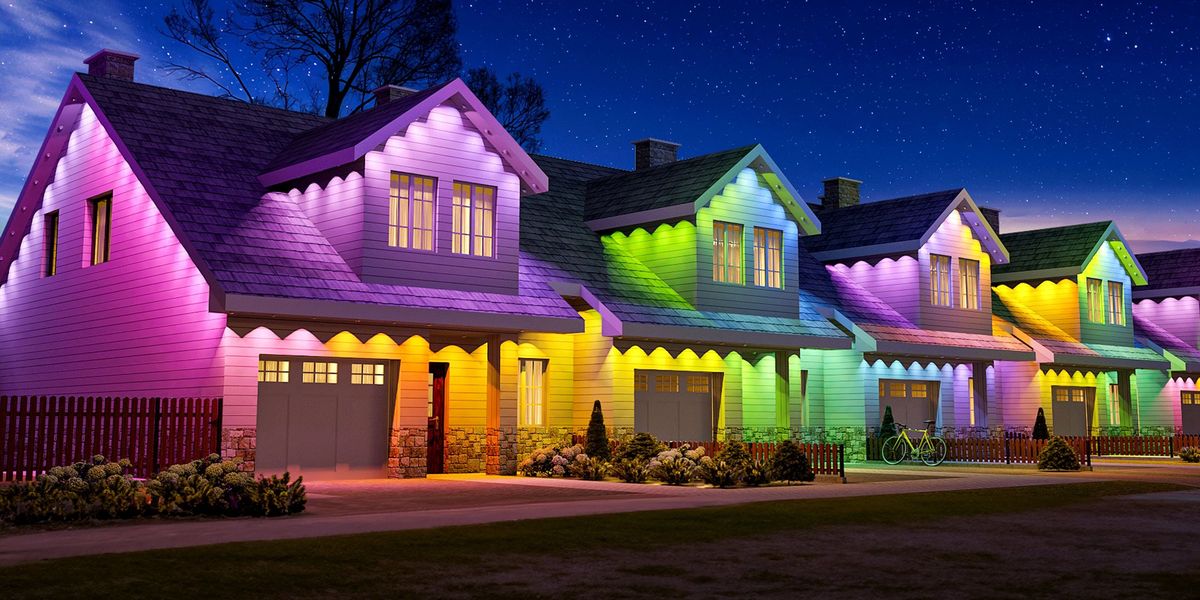
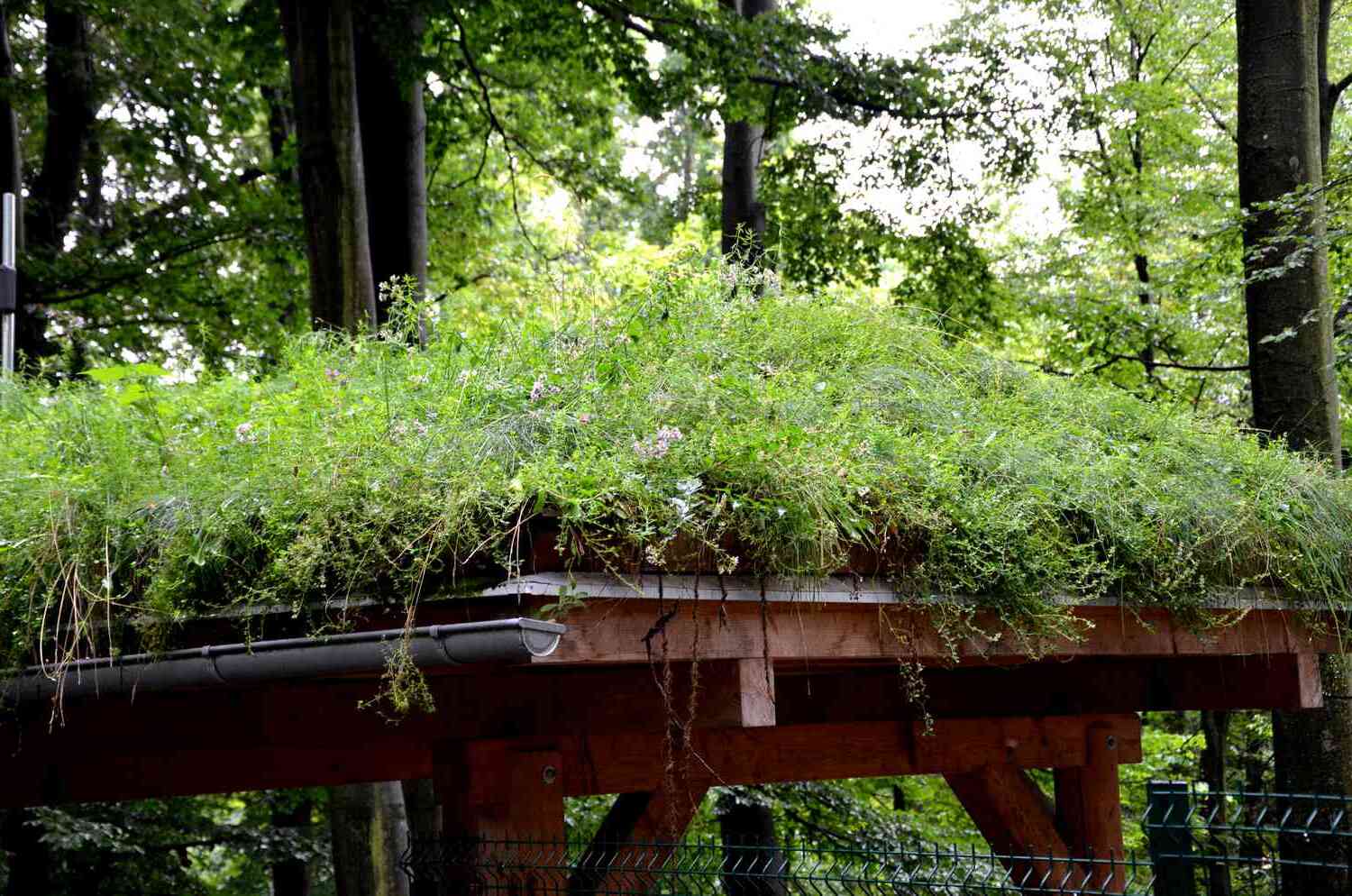
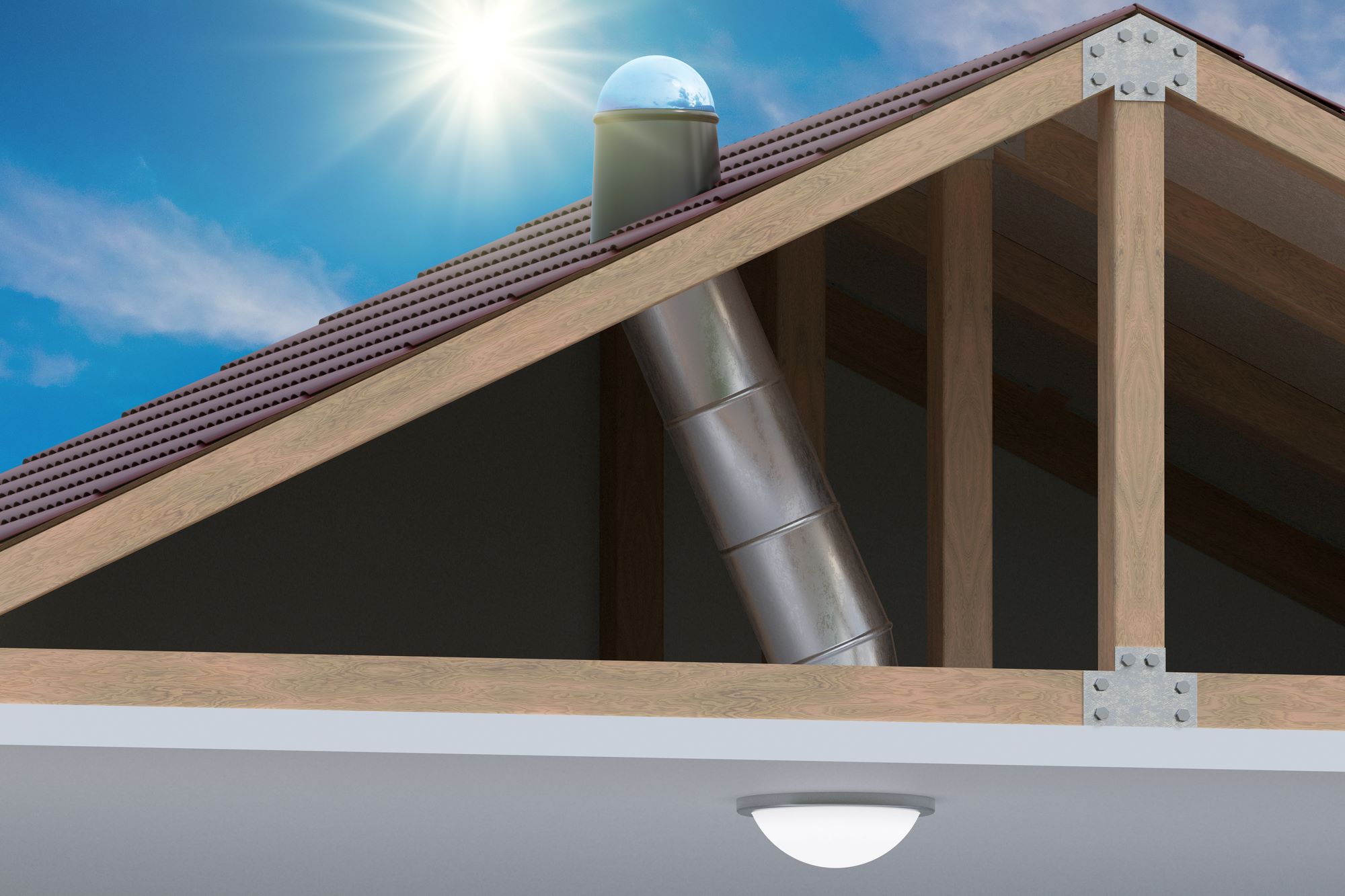

0 thoughts on “Upgrading Your Home’s Exterior with a DIY Algae-Powered Bio-Reactive Facade”